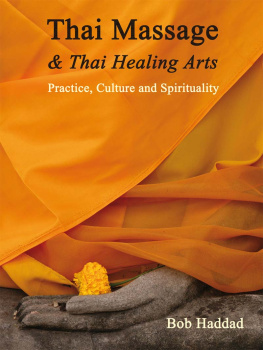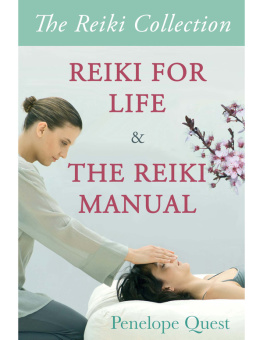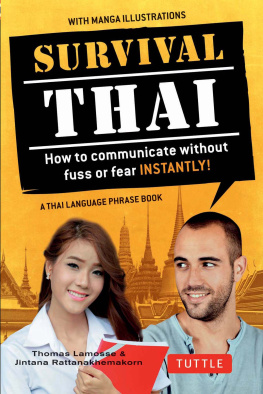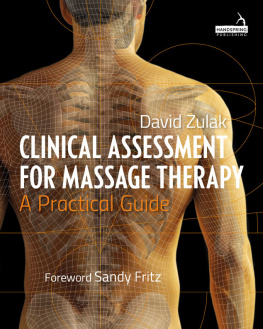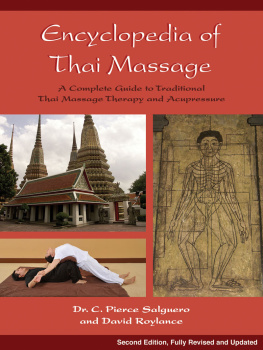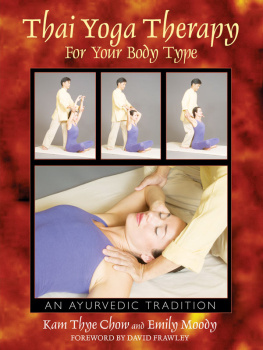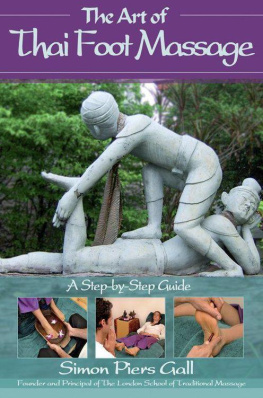

Bob Haddad 2013
The right of Bob Haddad to be identified as the author of this work has been asserted by him in accordance with the Copyright, Designs and Patents Act 1998.
Published in 2013 by Findhorn Press, Scotland
ISBN 978-1-84409-616-9
All rights reserved.
The contents of this book may not be reproduced in any form, except for short extracts for quotation or review, without the written permission of the publisher.
A CIP record for this title is available from the British Library.
Photo and illustration credits see
Edited by Nicky Leach and Bob Haddad Cover design by Bob Haddad and Thierry Bogliolo Text design by Geoff Green Book Design, Cambridge Printed and bound in China
Published by
Findhorn Press
117121 High Street,
Forres IV36 1AB,
Scotland, UK
t +44 (0)1309 690582
f +44 (0)131 777 2711
e
www.findhornpress.com
The information in this book is given in good faith and is neither intended to diagnose any physical or mental condition nor to serve as a substitute for informed medical advice or care. Please contact your health professional for medical advice and treatment. Neither author nor publisher can be held liable by any person for any loss or damage whatsoever which may arise from the use of this book or any of the information therein.
Acknowledgments
The process of writing, researching, compiling, and editing this book was long and sometimes arduous, but it was always extremely gratifying. Many people helped me to make it possible.
Thank you:
To my parents, who gave me life and sustained me, and to my life teachers, who offered me seeds of meaningful interconnectedness;
To my many Thai massage teachers, each of whom helped to shape my journey in nuad boran and Thai healing arts, especially my mentors Asokananda and Ajahn Pichest Boonthumme;
To the contributing writers in this anthology, for their individual perspectives, and for their acceptance of my direction, involvement, and editing;
To each of the photographers who have allowed photos to be reproduced in this book, and also to the models in the photos. To Celia Barenholtz, for her excellent photo editing;
To my colleagues and students for their acknowledgment, support, and enthusiasm, and to my clients for unknowingly being wonderful teachers. To the members and supporters of Thai Healing Alliance International (THAI), for working toward a higher level of awareness, practice, and study of traditional Thai massage around the world;
To Jivaka, for his presence, guidance, and intercession in my practice: Om namo sirasa ahang; To Ajahn Pichest, the spirit-guides, reusi, and all those who have helped me to become more aware of the nature, role, and importance of spiritual healing;
To Somananda Yogi, for his selfless guidance, advice, and support of this project;
To all my dear friends who have encouraged and supported me in my life;
To Findhorn Press, especially to Sabine and Thierry, for their care and interest in publishing this book.
Contents
Index
Preface
Most Thai massage books available today are instruction manuals based on sequences, designed to teach students how to execute techniques that may be performed during a Thai massage. Printed materials all around the world and on the Internet may present volumes of information, but one cannot learn how to execute techniques, how to breathe and move organically, how to sense energy blockages, or how to effectively and holistically offer a Thai healing session by simply reading a book.
This book is different. There are no proposed sequences, and only a few detailed notes about specific Thai massage techniques appear in these pages. Rather than focusing on techniques and sequences, this anthology reflects the authors cumulative experience in the world of traditional Thai healing arts. It suggests ways to refine and deepen personal and professional practice, and it offers a wealth of previously unavailable information on aspects of Thai culture and spirituality, and on the history and evolution of the powerful healing modality known today as traditional Thai massage.
Much of the information presented in this compendium has never before been available in print, but it is by no means exhaustive. For example, the book contains an essay on Thai element theory but not about the taste system used in Thai medicine. There is an article on tok sen (a folk healing tradition that uses a wooden hammer and chisel) but nothing about yam khang, another Lanna tradition that uses fire and hot oil as the vehicle for healing. The reason for these omissions is simple. Traditional healing arts in Thailand are so varied, and the actual practice of nuad boran is so deep, that it would be difficult and unrealistic to attempt to present everything in one book.
In writing, compiling, and editing the essays that comprise this book, Ive tried to present Thai massage as a unique healing art that comes from, and exists within, a framework of Thai traditional medicine, and as something that is also deeply connected to Thai Buddhist spirituality and Thai culture.
Content
The book is divided into several sections, each containing entries by different authors of varying length:
(Introduction) This section presents general information on the evolution, concepts, theory, myths, historical facts, and intent of traditional Thai massage.
(Mastery of Practice) offers specific information about developing, refining, and maintaining a healthy Thai massage practice. It includes essays on breath and body mechanics, acupressure concepts and techniques, ways to use your feet creatively, herbal compress therapy, self-protection techniques, body language, and information about sen lines and Thai element theory.
(Spiritual and Cultural Connections) presents articles on traditional Thai healers, magic and spirituality in Thai society, Jivaka Kumarabhacca, Buddhist influence in Thai massage, the reusi tradition, and accessory modalities such as tok sen (hammering therapy) and reusi dat ton (Thai hermit stretching exercises).
(Thai Therapists Speak) features articles and accounts by individual Thai therapists and teachers around the world who offer unique perspectives on their study, experiences, and work in traditional Thai massage and Thai healing arts.
The final section features a glossary, a bibliography, photo and illustration credits, biographies of the contributing writers, and an index.
Throughout the book, I have used italics the first time each non-English word appears in a given essay. Afterward, those words remain in plain type for the rest of that essay. Please refer to the glossary as necessary when reading this book.
Never before has such wide-ranging and extensive information about Thai healing arts been compiled and presented in print. I feel honored to be offering this information, along with the contributions of my colleagues, as traditional Thai massage continues to touch and transform the lives of many more people around the world.
Bob Haddad

Section 1
Next page
